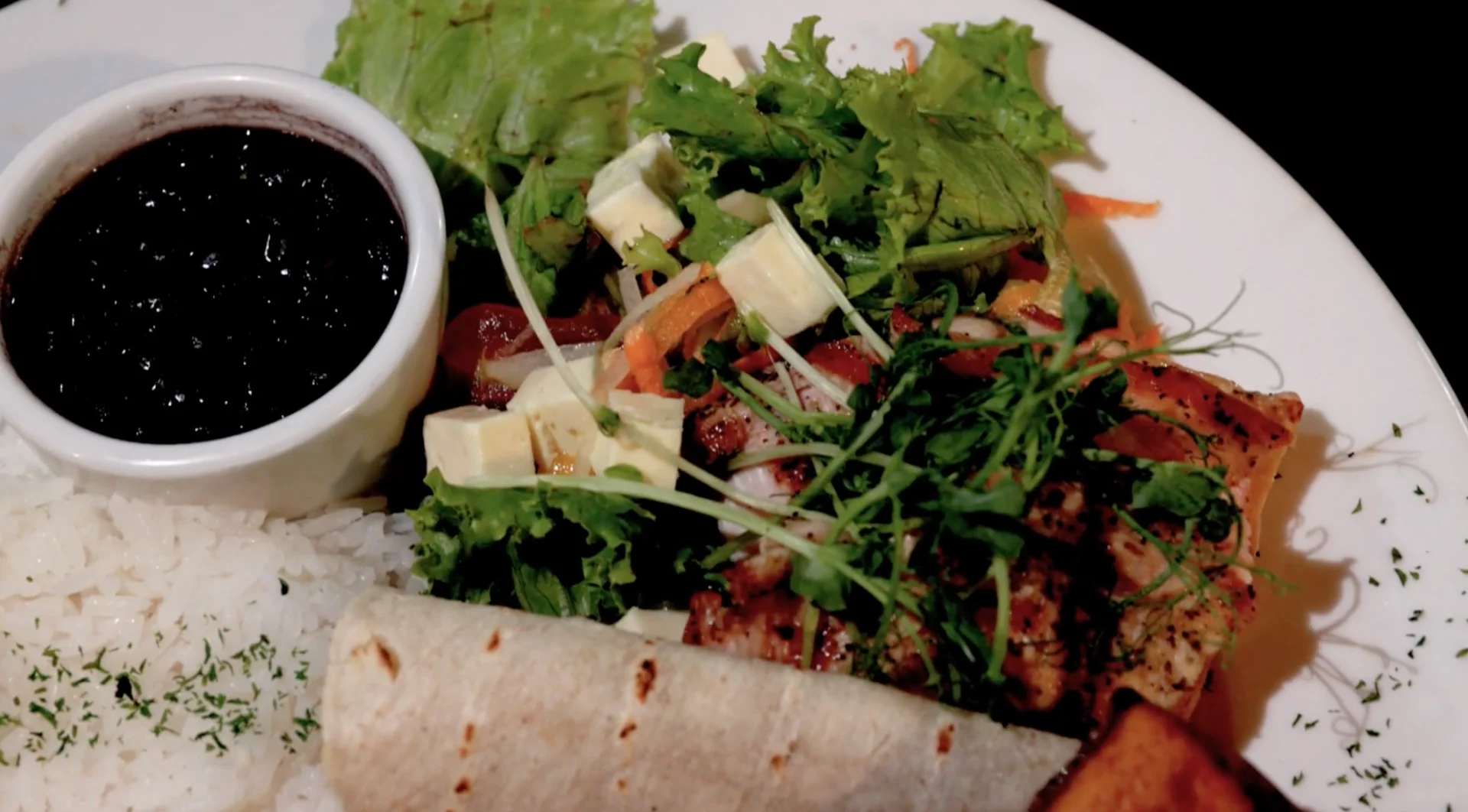
The ultimate feast for your eyes and appetite awaits you in Costa Rica
Eating like a local and experiencing the flavours of Costa Rica is not just a culinary adventure. It's a cultural experience.
Multiple cultures and traditions converge here, where the sea meets a lush tropical paradise. It's a melting pot of flavour where fresh and simple, home-grown ingredients are cooked from scratch and served authentically.
Tasting the real deal can be challenging at resorts and hotel chains that only sometimes capture specialties in genuine settings. Experiencing these flavours off the beaten path is the best way to taste what Costa Rica offers. But where to start? Companies such as Collette provide customizable guided tour packages for small groups, ensuring you experience Costa Rica's beautiful flavours in their most authentic form. The country is described as one of the planet's happiest places, and travelling to the heart of where the following are at their best will put a smile on your face.
A Haven for the Coffee Connoisseur
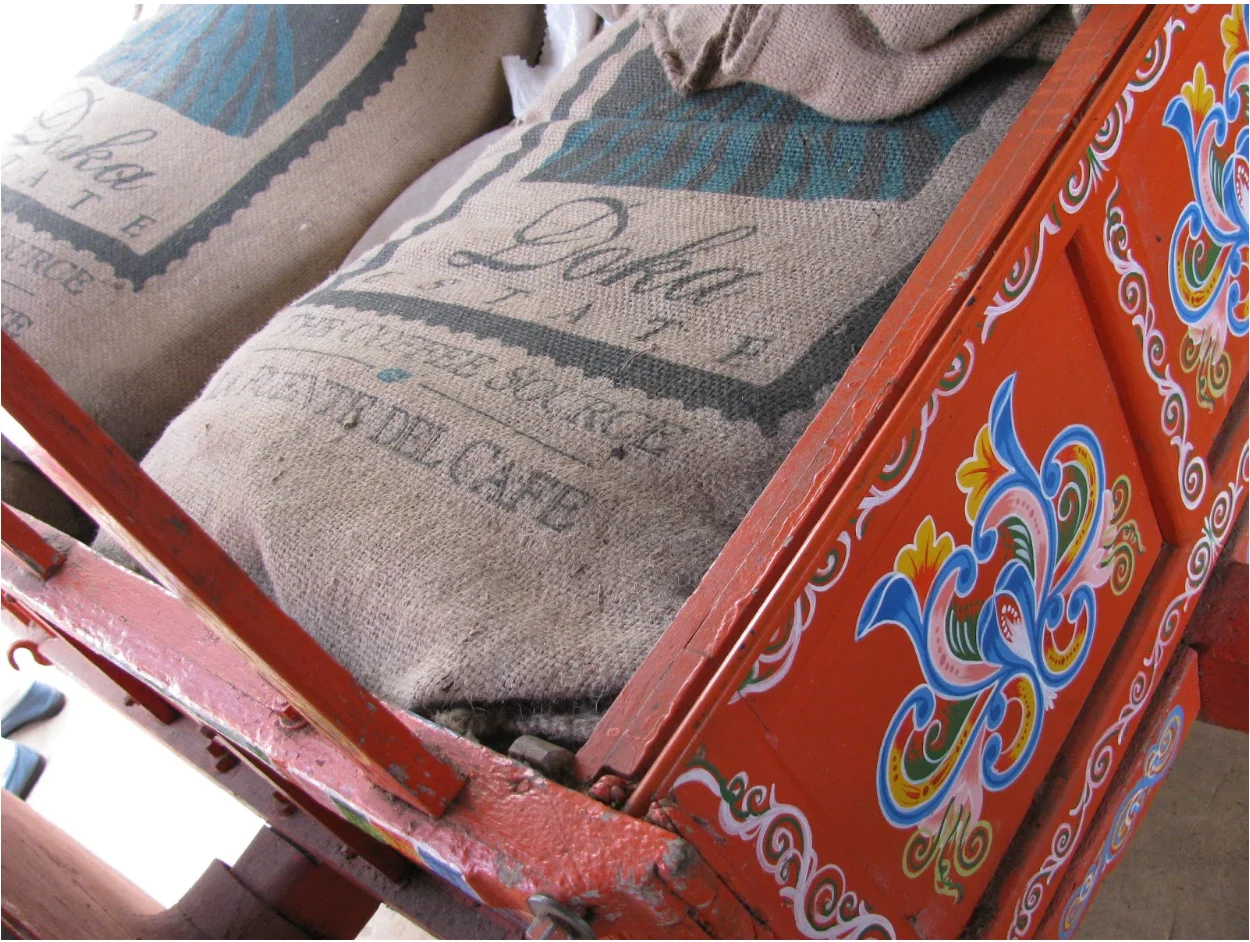
(Photo courtesy: Collette)
Coffee is a Costa Rican staple rooted in the country's social, economic, and political fabric. The perfect climate, high altitudes, and volcanically enriched soil provide the ideal growing conditions for the beloved bean across eight regions. Arabica beans are grown on plantations, where, through centuries of experience, the plant is nurtured until the beans are at their optimal ripeness and ready to be handpicked, roasted, and freshly ground. The result is a complex, full-bodied, smooth coffee with mild acidity and delicate flavours of nutty chocolate, tropical fruits, and floral tones. Plantations offer tours where you can learn the history and importance of the crop and then taste why coffee aficionados hold Costa Rican beans in high regard.
Costa Rica’s National Sugarcane Spirits: Guaro
For 150 years, Guaro has been the most popular spirit in Costa Rica. Sugarcane is fermented and distilled into this crystal clear national liquor, a close relative of white rum. It is smooth and slightly sweet, with a peppery burn straight out of the bottle. But Guaro's mild and mellow flavours make it a perfect vessel to be stirred into a tropical Costa Rican punch or shaken into cocktails. Local bartenders elevate the experience by mixing it with refreshing ingredients such as the Guaro Sour, which is Guaro mixed with fresh lime and raw sugar and then topped with fizzy club soda. Locals enjoy it in a shot with tomato juice, lime, and chili or in a Miguelito, where the spirit is mixed half and half in a cold shot glass with coconut milk. Since Guaro can be difficult to find outside the county, sipping this national spirit is a must-try experience.
Vuelve a la Vida: Costa Rica’s spin on Ceviche
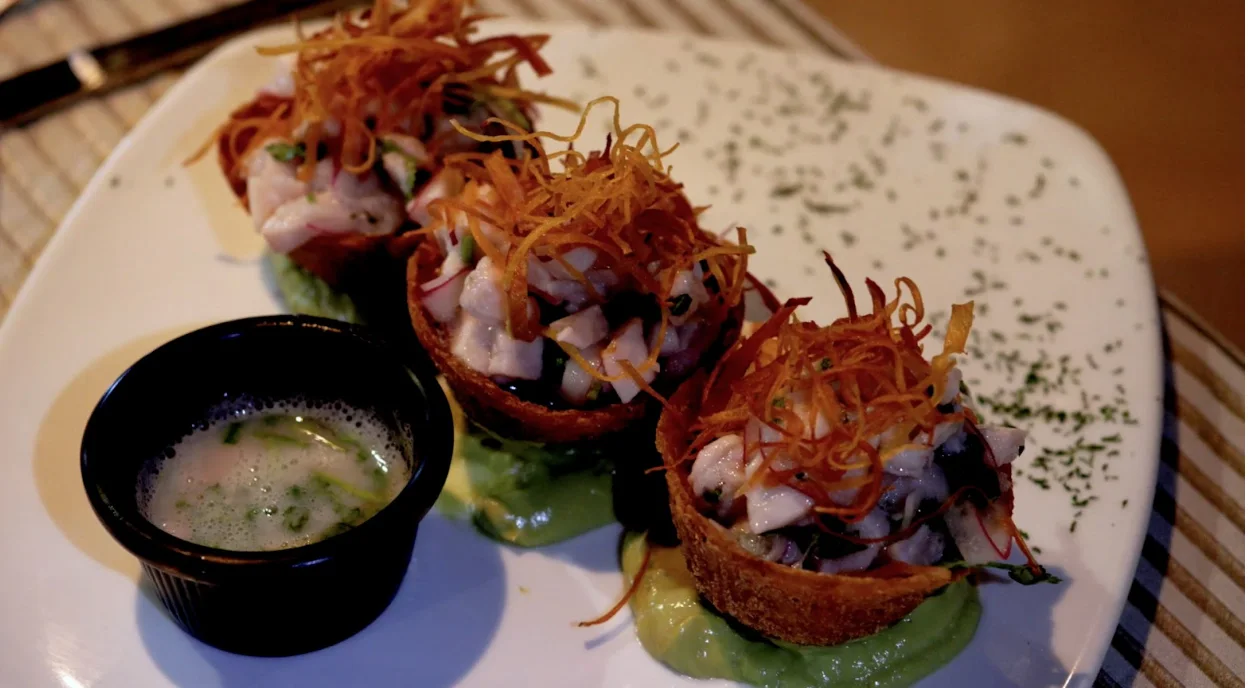
(Photo credit: The Weather Network)
When Ricky Martin sang "Livin' la Vida Loca," he may not have been singing about this classic Costa Rican dish, but the flavours are just as lively. Vuelve a la Vida captures the coastal waters on a plate, taking the abundant fresh ingredients of the sea to the next level. It translates to "returning to life" and is famous locally as a hangover cure for the day after discovering Guaro. Vuelve ala vida is not just a seafood dish. It's a part of Costa Rican culture. It's prepared by carefully selecting the freshest seasonal seafood, such as octopus, shrimp, and snapper, and then curing the delicacies in fresh lime juice. Bell peppers and chilis are added to enhance the flavours. Some say it's an aphrodisiac, but whether that is true, no one denies it will get the taste buds dancing with authentic Costa Rican flavours.
Gallo Pinto, the National Dish of Costa Rica

(Photo credit: The Weather Network)
Gallo Pinto captures the soul of Costa Rica on a plate. The classic breakfast staple of rice and beans has inherited centuries of tradition and is often served with eggs, avocado, and plantains but is eaten throughout the day as a side dish. It's a fusion of two simple ingredients ingrained in Indigenous and Spanish flavours. But how the ingredients are prepared elevates the experience. Translated to English as "spotted rooster" for the speckled appearance of gallo pinto, there are several stages to making it properly. And each chef or family will have its variation. An aromatic blend of bell peppers, onions, garlic, cilantro, cumin, and coriander is sautéed in a pan and stirred continuously with tender beans and rice, making this the national dish of Costa Rica and a perfect way to start your day.
Tres Leches Decadence
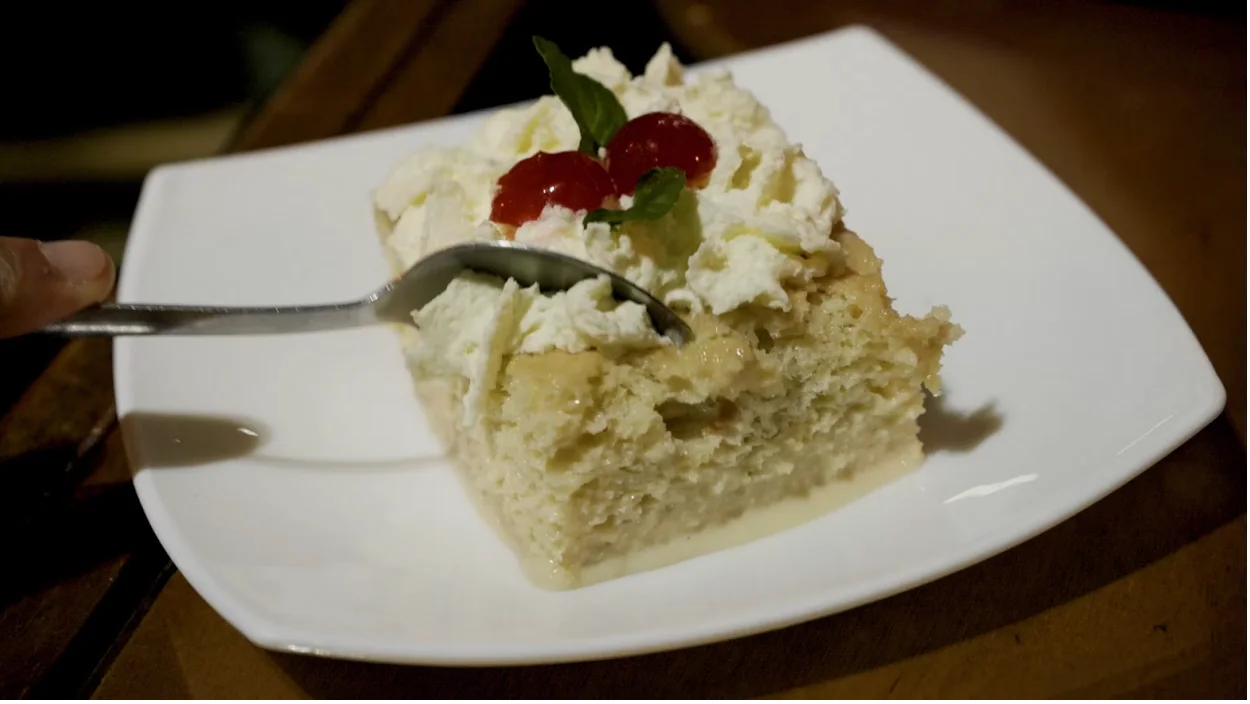
(Photo credit: The Weather Network)
Many Latin American countries, such as Mexico and Nicaragua, claim to have invented Tres Leches. And it's for good reasons. It's downright delicious and decadent. But in Costa Rica, it fits right into the culinary template of preparing food that is fresh and satisfying. If you see Tres Leches on the menu, order it. This milky plate of joy takes vanilla sponge cake and soaks it in evaporated milk, sweetened condensed milk, and heavy cream. The texturally rich dessert is decadent and soft, satisfying any sweet tooth.
Chocolate, the Food of the Gods
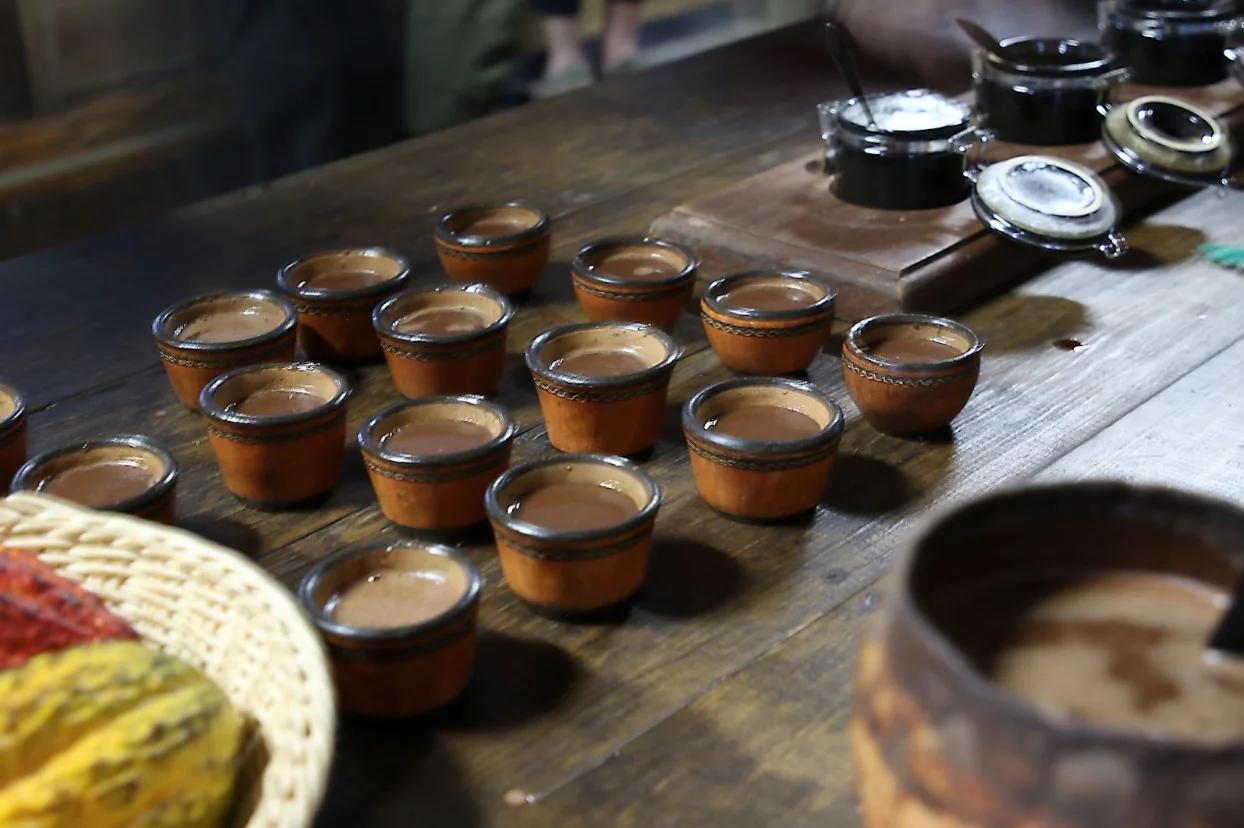
(Photo credit: Collette)
Costa Rica’s chocolate is rich in history, and the multiple plantations dotting the landscape tell its story. The Indigenous people considered the beans sacred and the food of the gods, using cacao to make a chocolate drink for rituals and celebrations. This deep-rooted history adds a layer of cultural heritage to the culinary experience. The plantations, such as the cacao plantation at the Tirimbina Rainforest Centre, pull back the curtain for visitors and show how the cacao pods are sustainably harvested from the lush rainforest and then transformed from beans to chocolate. Costa Rican chocolate is not mass-produced. Instead, its reputation lies in its craft, where the country makes some of the world's best single-origin chocolate.









